Polyvinyl Chloride (PVC) is a versatile thermoplastic polymer that is widely used in various industries due to its unique properties. It is a synthetic material made from the polymerization of vinyl chloride monomers. PVC is known for its durability, flexibility, and resistance to chemicals, weathering, and abrasion. In this article, we will explore the properties, applications, advantages, disadvantages, safety considerations, environmental impact, manufacturing process, different types, and recycling and disposal methods of Polyvinyl Chloride (PVC) plastic.

Properties of Polyvinyl Chloride (PVC)
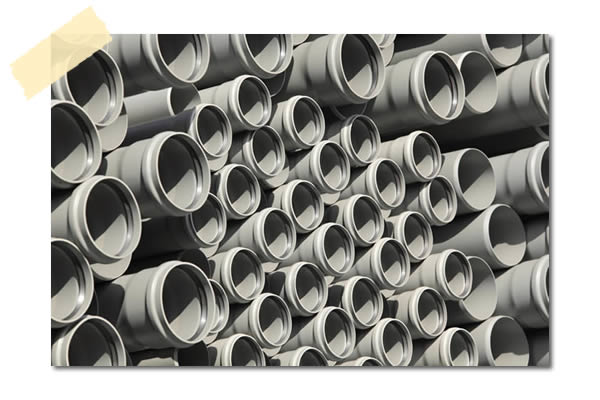
Polyvinyl Chloride (PVC) exhibits several notable properties that contribute to its widespread use. Firstly, it is a lightweight material with good mechanical strength, making it suitable for numerous applications. PVC is also resistant to moisture, which makes it ideal for outdoor applications or environments with high humidity. Additionally, PVC has excellent electrical insulation properties, making it useful in the electronics industry. It is flame retardant and can self-extinguish, making it a safe choice for construction materials. Furthermore, PVC can be easily molded into various shapes and sizes, allowing for versatility in manufacturing processes.
Applications of Polyvinyl Chloride (PVC)
The versatility of Polyvinyl Chloride (PVC) lends itself to a wide range of applications across multiple industries. In the construction sector, PVC is commonly used for pipes, fittings, window frames, siding, and roofing membranes. Its durability, chemical resistance, and low maintenance requirements make it an attractive choice for these applications. PVC is also extensively used in the healthcare industry for medical tubing, blood bags, and IV bags due to its biocompatibility and sterilization capabilities. Furthermore, PVC is utilized in the automotive industry for making car interiors, seat covers, dashboards, and wire insulation. Other applications of PVC include electrical cables, flooring materials, inflatable structures, packaging films, and signage.
Advantages of Polyvinyl Chloride (PVC)
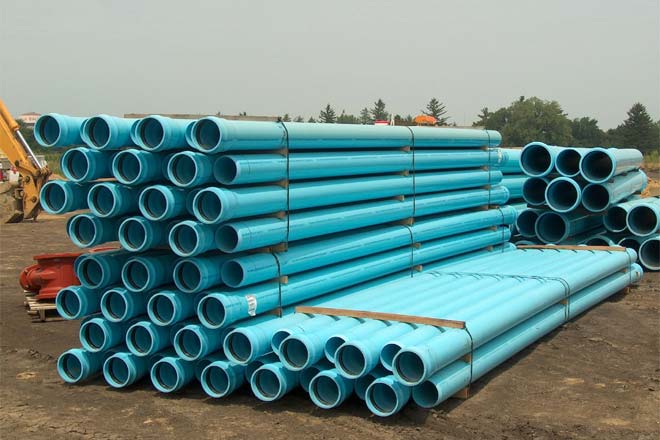
Polyvinyl Chloride (PVC) offers several advantages that contribute to its popularity as a material of choice. Firstly, PVC has a low production cost, making it an economical option compared to other plastics. It is also highly durable and long-lasting, which helps reduce maintenance and replacement costs. Additionally, PVC’s resistance to corrosion, chemicals, and weathering enhances its lifespan and performance in various environments. PVC products are lightweight, which simplifies transportation and installation processes. Moreover, PVC is recyclable, allowing for the reuse of this material and reducing waste.
Disadvantages of Polyvinyl Chloride (PVC)
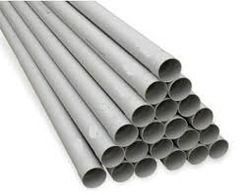
While Polyvinyl Chloride (PVC) offers numerous advantages, it also has some disadvantages that need to be considered. One major concern is the release of toxic gases when PVC is burned or incinerated, which can have detrimental effects on human health and the environment. Another issue is the use of phthalates, plasticizers added to make PVC flexible, which can leach out and potentially pose risks to human health. Additionally, PVC production involves the use of chlorine, a chemical that has environmental implications if not properly managed. Furthermore, PVC is not as heat-resistant as other plastics, and prolonged exposure to high temperatures can lead to its degradation.
Safety Considerations with Polyvinyl Chloride (PVC)
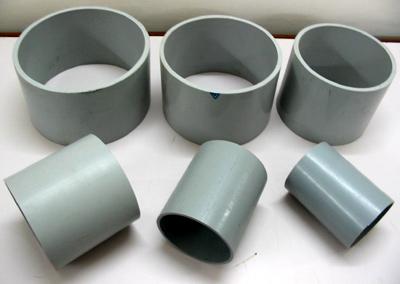
When handling Polyvinyl Chloride (PVC), certain safety considerations should be taken into account. During the manufacturing process and use of PVC products, workers should follow appropriate safety protocols to minimize exposure to harmful chemicals and fumes. Proper ventilation systems and personal protective equipment (PPE) should be utilized in areas where PVC is processed or fabricated. When disposing of PVC waste, it is important to follow local regulations and guidelines to prevent contamination of the environment.
Environmental Impact of Polyvinyl Chloride (PVC)
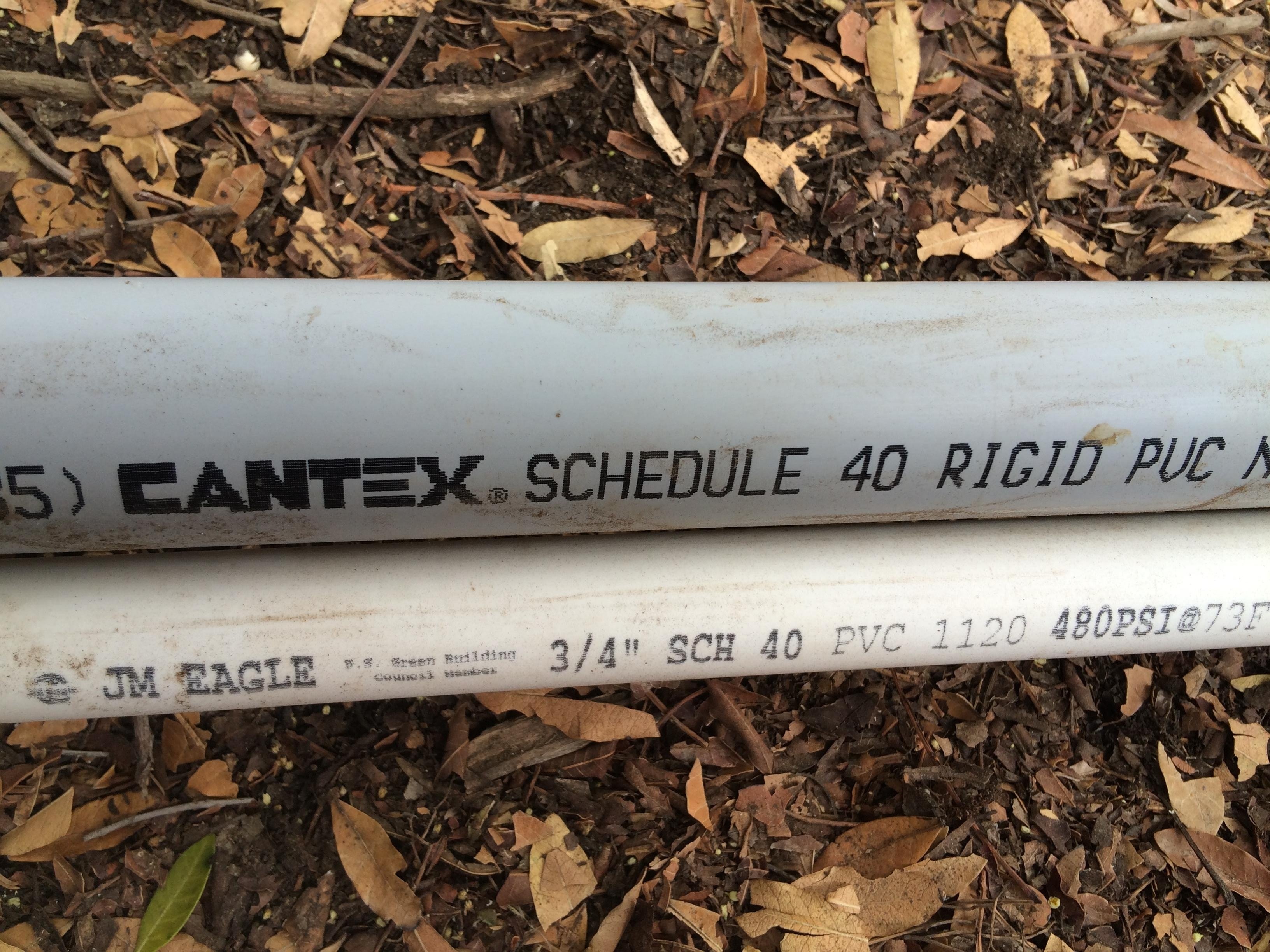
The environmental impact of Polyvinyl Chloride (PVC) is a subject of concern due to its production process, disposal methods, and potential for pollution. The manufacturing of PVC involves the use of chlorine, which is derived from salt through an energy-intensive process. This reliance on fossil fuels and energy-intensive processes contributes to greenhouse gas emissions and carbon footprint.
Furthermore, when PVC products reach the end of their lifecycle and are disposed of improperly, they can release toxic substances into the environment. Incineration of PVC releases dioxins, a group of highly toxic chemicals that can persist in the environment and bioaccumulate in the food chain. The release of dioxins poses risks to human health and ecosystems.
To mitigate these environmental impacts, recycling and proper disposal methods are crucial. PVC can be recycled and reused, reducing the need for virgin PVC production and minimizing waste generation. However, recycling PVC presents challenges due to the presence of additives and contaminants, which affect the quality of the recycled material.
Manufacturing Process of Polyvinyl Chloride (PVC)
The manufacturing process of Polyvinyl Chloride (PVC) involves several steps, including polymerization, compounding, and shaping. The primary raw material for PVC production is vinyl chloride monomer (VCM), which is obtained from the reaction between ethylene and chlorine. The process typically starts with the chlorination of ethylene to produce 1,2-dichloroethane (EDC). EDC is then thermally cracked to form vinyl chloride monomer (VCM).
Once VCM is produced, it undergoes a process called polymerization, where the monomers are combined to form long chains of PVC polymer. Polymerization can occur through different methods, such as suspension polymerization, emulsion polymerization, or bulk polymerization. Suspension polymerization is the most common method, where VCM is suspended in water and a polymerization initiator is added. The mixture is agitated, and heat is supplied to initiate the polymerization reaction.
After polymerization, the resulting PVC resin is often blended with additives to enhance specific properties. These additives may include plasticizers, stabilizers, lubricants, fillers, and pigments. Plasticizers are commonly added to increase flexibility, while stabilizers provide thermal stability and resistance to degradation. Lubricants aid in processing and prevent sticking during shaping, and fillers and pigments can be included to modify color and texture.
Once the PVC compound is prepared, it can be shaped into various forms using different techniques such as extrusion, injection molding, calendering, or blow molding. Each method allows for the creation of different PVC products, ranging from pipes and profiles to sheets and films.
Different Types of Polyvinyl Chloride (PVC)
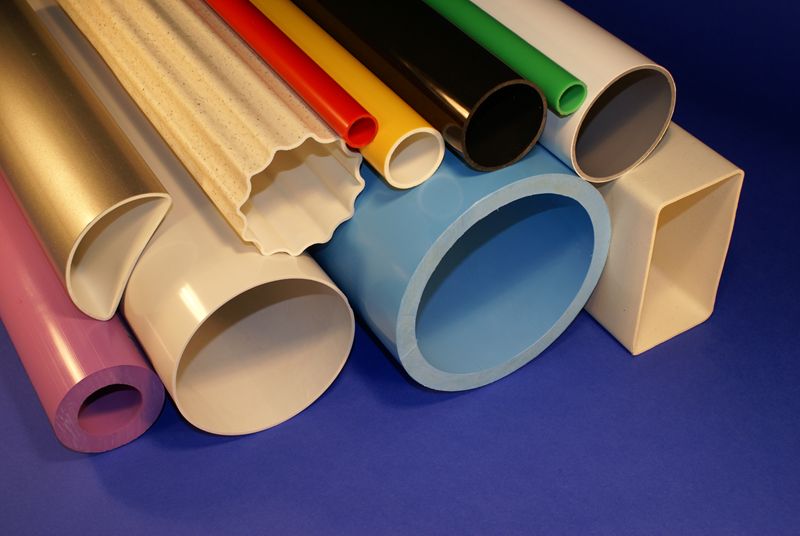
Polyvinyl Chloride (PVC) can be categorized into different types based on its properties and intended applications. The two primary classifications are rigid PVC (uPVC) and flexible PVC.
Rigid PVC, also known as unplasticized PVC (uPVC), is a hard and brittle form of PVC. It does not contain plasticizers and is therefore stiffer and less flexible than other types. Rigid PVC has excellent chemical resistance and dimensional stability, making it suitable for applications that require strength and durability. Common uPVC applications include construction materials like pipes, window frames, and vinyl siding.
Flexible PVC, on the other hand, contains plasticizers that impart flexibility and softness to the material. The addition of plasticizers allows PVC to be easily bent, stretched, and molded into various shapes. Flexible PVC is commonly used in applications such as electrical cables, medical tubing, inflatable products, and flexible hoses.
Recycling and Disposal of Polyvinyl Chloride (PVC)
The recycling and proper disposal of Polyvinyl Chloride (PVC) are essential to minimize its environmental impact and promote sustainability. While PVC can be recycled, it presents challenges due to the presence of additives and contaminants.
Mechanical recycling is one method used for PVC recycling. It involves grinding PVC waste into small particles or flakes, which can then be melted and reprocessed into new PVC products. Mechanical recycling has limitations because repeated heating and cooling cycles during the process may degrade the quality and performance of the recycled material.
Another recycling method is feedstock recycling, where PVC waste is processed into secondary raw materials for other industries. This involves converting PVC waste into compounds that can be used as additives in other products or blended with virgin PVC to reduce the overall content of new PVC material.
Chemical recycling is an emerging technology that aims to break down PVC into its basic chemical components for reuse. This process involves different methods such as pyrolysis, which uses heat to decompose PVC into its constituent elements. The resulting chemicals can then be used as feedstock for various chemical processes.
When it comes to disposal, it is important to follow local regulations and guidelines. Incineration of PVC waste should be done in controlled environments with proper gas treatment systems to minimize the release of toxic substances. Landfill disposal should be a last resort and should only be done in authorized facilities equipped to handle PVC waste properly.
In recent years, efforts have been made to promote the circular economy and increase the sustainability of PVC. This includes initiatives to improve recycling technologies, develop more environmentally friendly additives, and raise awareness about proper disposal practices. By adopting these measures, the impact of PVC on the environment can be reduced.
Conclusion
Polyvinyl Chloride (PVC) plastic is a versatile material with a wide range of applications in various industries. Its properties, such as durability, flexibility, and resistance to chemicals, make it suitable for construction, healthcare, automotive, and electrical sectors, among others. PVC offers advantages such as low production cost, durability, and recyclability. However, it also has disadvantages, including potential environmental impacts and safety concerns associated with its production, use, and disposal.
To minimize the environmental impact of PVC, recycling and proper disposal methods are crucial. Mechanical recycling, feedstock recycling, and emerging technologies like chemical recycling offer opportunities for reusing PVC waste. It is important to follow local regulations and guidelines to ensure safe handling, disposal, and incineration of PVC. Initiatives promoting the circular economy and sustainable practices can further enhance the sustainability of PVC.
In conclusion, Polyvinyl Chloride (PVC) plastic is a versatile material with unique properties that contribute to its widespread use. However, it is essential to be aware of its environmental impact and take steps to minimize it through recycling, responsible disposal, and adopting sustainable practices.

